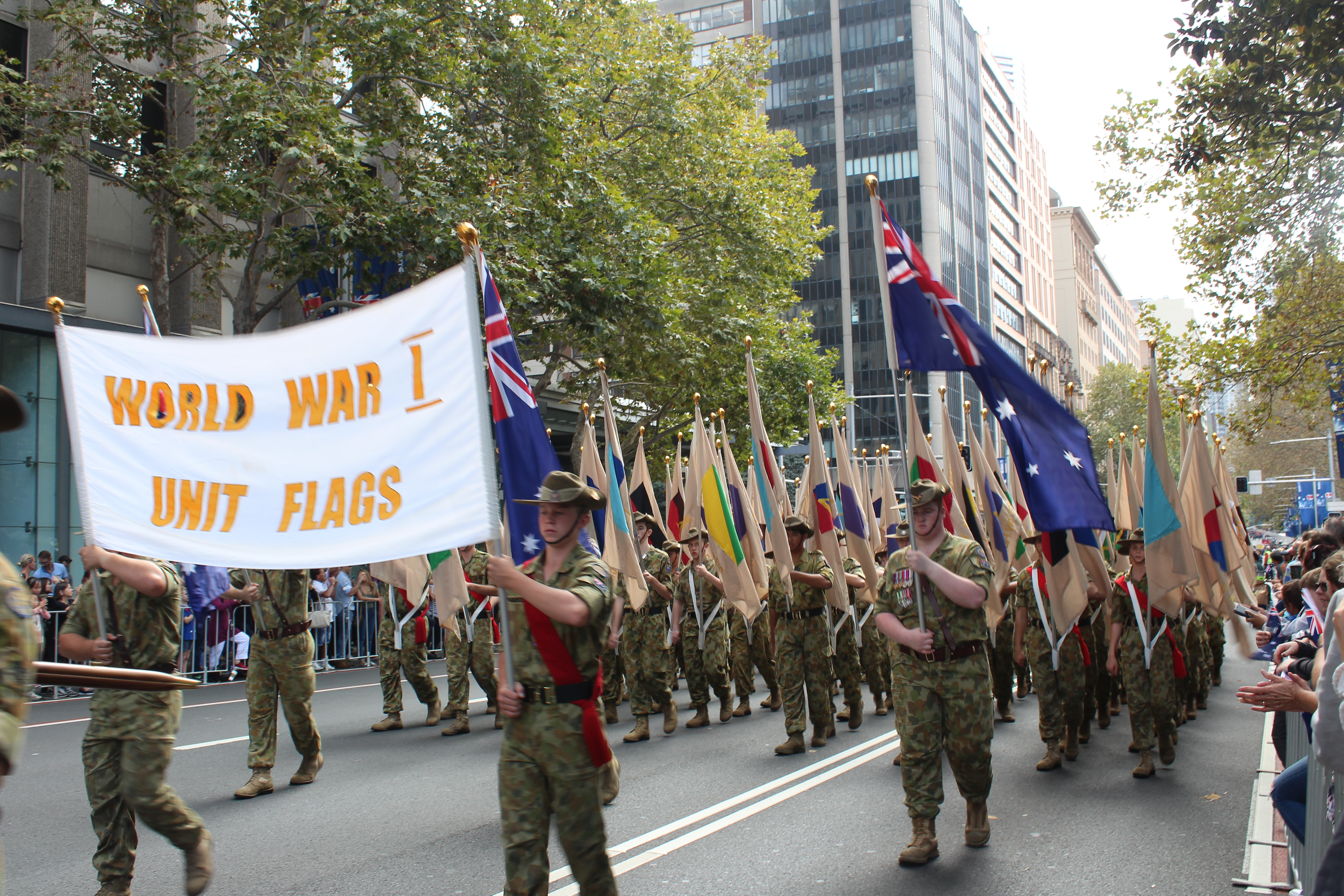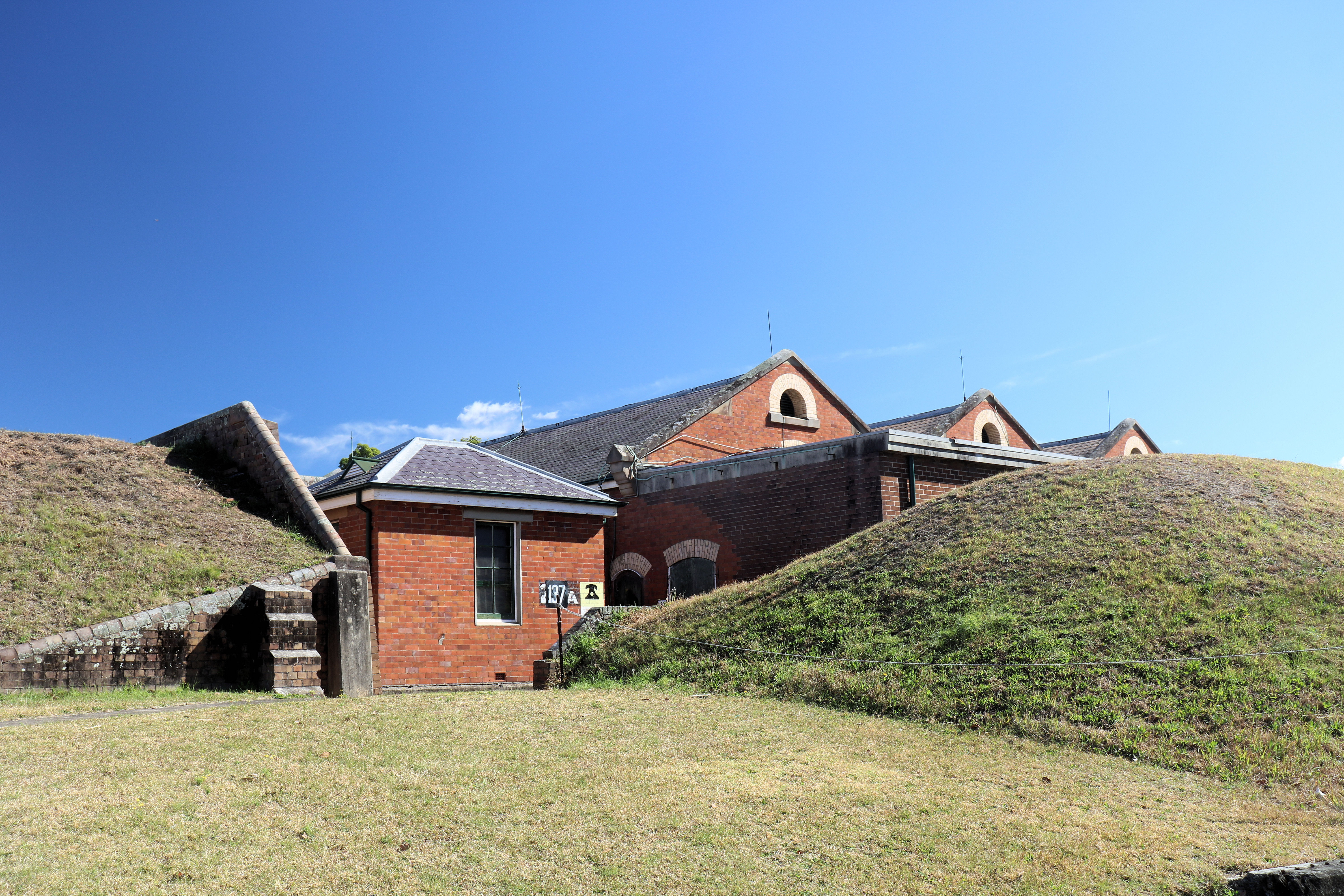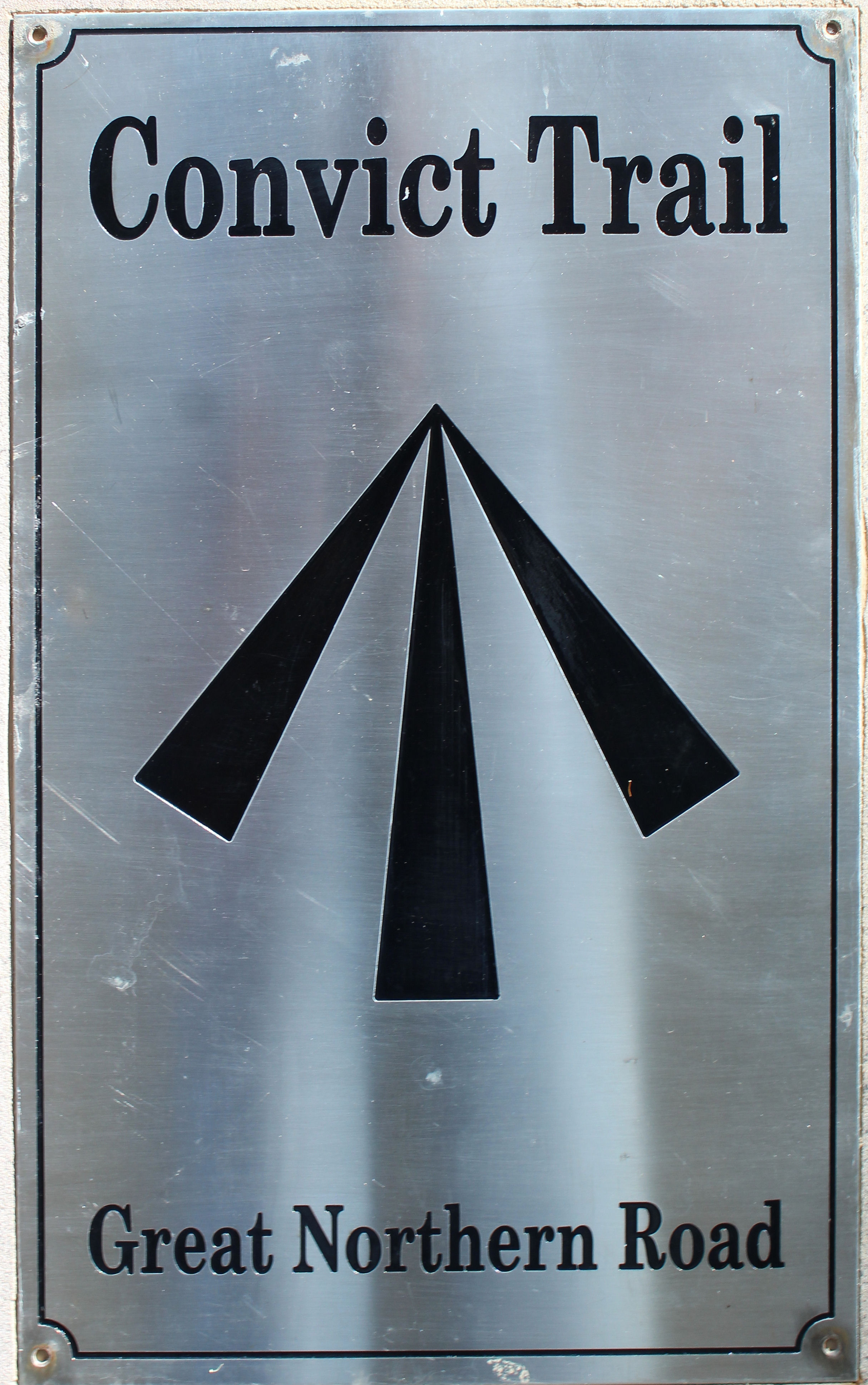Tag: Australia
-
ANZAC Day Sydney

ANZAC Day Sydney We usually attend ANZAC Dawn Service in our home town of Singleton. However since our daughter joined the RAN and was marching in Sydney we travelled down to see her. By far the biggest parade in the state if not Australia (we haven’t seen Melbourne’s parade so cant compare). It was impressive… Read more
-
Newington Armory

Newington Armory Newington Armory was originally a storage facility for the Australian Army and Navy’s explosives and weaponry. Now disused, many of the buildings have been re-purposed and the whole site is part of a museum and national park. If you are travelling with children, there is a huge playground, just before you reach the… Read more
-
Great North Road Convict Trail

Built between 1826 and 1834 by convict labour the Great North Road was one of the first great projects undertaken by the colony of New South Wales. It was built to connect Sydney with Newcastle and the Upper Hunter Valley. Some of the stonework for culverts, buttresses and bridges can still be seen today. Getting To… Read more